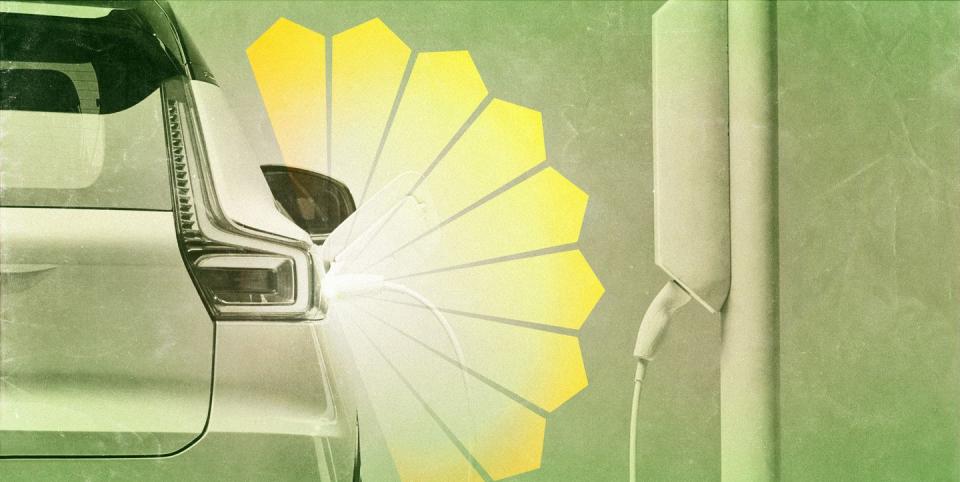EVs Explained: Charging Losses

The amount of energy you add to your EVs battery is not equal to the amount of energy available to move your vehicle down the road.
Generally speaking, your EV may use 12 to 15 percent more energy than what you add to your battery. That number could be higher depending on charging conditions.
There are a number of reasons for this. Some energy is converted to heat, some is necessary to keep the battery at the right temperature during charging, and some is written off to what's known as "transmission loss."
It's easy to think recharging an EV is like filling your car with gas. If it takes 13.0 gallons of fuel to fill an empty 13.0-gallon tank, then why wouldn't an empty battery with a capacity of 60.0 kilowatt-hours require 60.0 kWh to reach full charge?
Because the battery is more complicated than a simple container. A rough expectation is that your EV may use as much as 12 to 15 percent more energy than what you add back to the battery. Some energy is written off to what's known as “transmission loss,” some is converted to heat, and some is used to keep the battery at the right temperature during charging.
Using the 2021 Tesla Model Y as an example, Tesla’s own data—buried deep in 49 pages of certification documents filed with the EPA—shows it took 87.868 kWh to add 77.702 kWh to the battery of the Long Range version. That’s a 13 percent overage. For the Model Y Performance version, adding 81.052 kWh to the battery required 92.213 kWh, or 14 percent more.
Worth noting: those sessions used 240-volt Level 2 charging equipment, but took batteries from 0 percent to a 100-percent state of charge, which is more challenging for a battery than typical use. Especially as the battery reaches it's maximum capacity, heat can increase, reducing the efficiency of the charge. On the other hand, the tests were performed in a climate-controlled chamber, which, as you'll see, is more efficient than a 115-degree afternoon in a parking in Phoenix, or a sub-freezing winter's night in Michigan.
How can the charging losses be minimized? Higher voltage charging equipment is one way. Our long-term 2019 Tesla Model 3 Long Range Dual Motor test car is currently averaging 95 percent efficiency from a Level 2 Tesla 240-volt wall connector. Staffers charging at home using a typical 120-volt wall outlet saw efficiency from, at best, 85 percent, and it dropped to as little as 60 percent in very cold weather, when charging the battery requires expending significant energy to keep it warm.

 Yahoo Autos
Yahoo Autos 